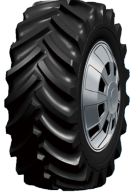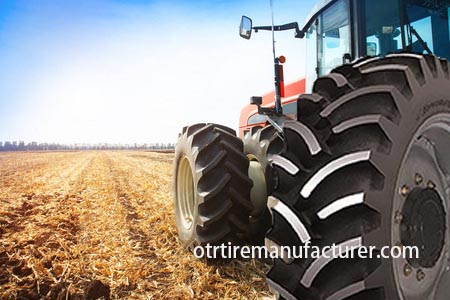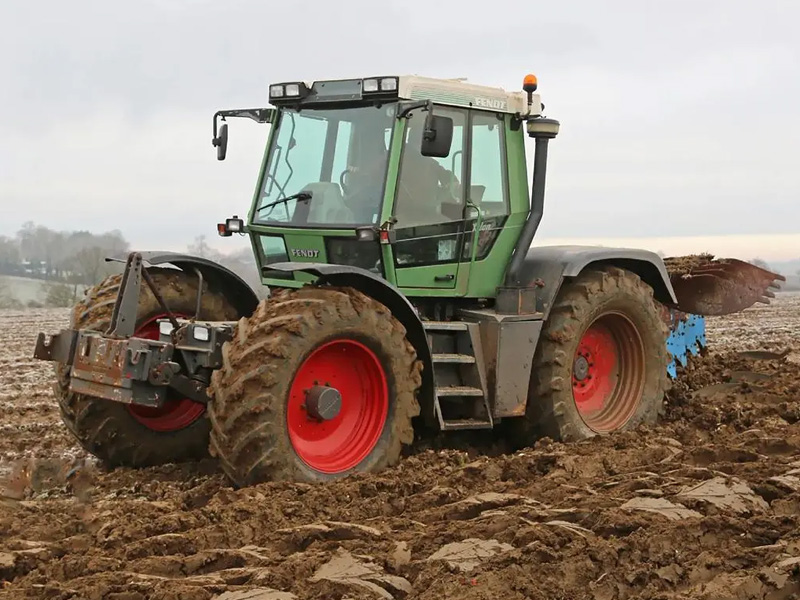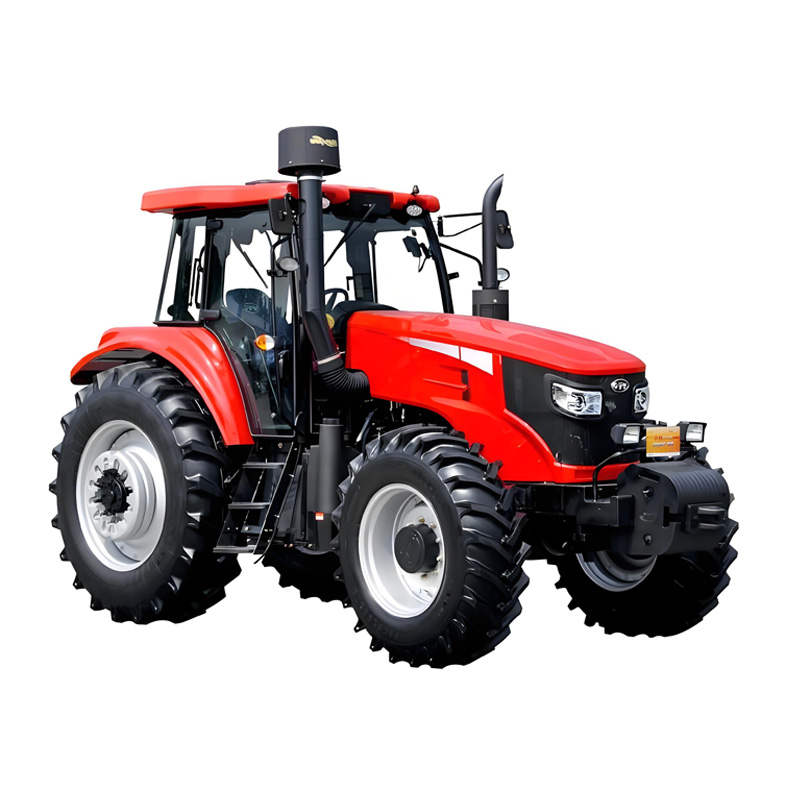Radial and bias tires are two different types of tires with distinct construction methods and characteristics. The key differences between radial vs bias tire or radial vs bias tyre lie in their construction, performance, and usage.
Forlander Tire is the leading OTR tire manufacturer and supplier, we wholesale OTR tyres ain bulk orders at best factory price.
In this article, let’s delve into the their dissimilarities of radial vs bias tire.
1. What Is A Radial Tire?
A radial tire, also known as a radial-ply tire, is a specific type of tire construction that differs from bias-ply tires. In a radial tire design, the cords of the tire run perpendicular to the direction of travel, or radially from the center of the tire. This arrangement allows for several advantages in tire performance.
Unlike bias-ply tires, which have cords running diagonally across the tire, radial tires feature cords that are arranged at a 90-degree angle to the direction of travel. This construction provides improved tread contact with the road surface, resulting in better traction and handling capabilities. The radial tire design also enhances fuel efficiency by reducing rolling resistance.
One of the key features of a radial tire is the presence of steel belts. These belts are positioned at a different angle than the radial plys, allowing the sidewall and tread to function independently. This enables the tire to have greater flexibility and adaptability to different road conditions, enhancing overall ride comfort and stability.
Radial tires have become the standard in the automotive industry due to their superior performance and benefits. They offer improved fuel efficiency, better traction, enhanced handling, and a smoother ride compared to bias-ply tires. Radial tire technology has advanced significantly over the years, resulting in the widespread adoption of radial tires across various vehicle types.
A radial tire is a tire construction where the cords run radially from the center of the tire, providing several advantages in terms of traction, handling, fuel efficiency, and ride comfort. The presence of steel belts allows for independent functioning of the sidewall and tread, contributing to the tire’s performance and adaptability.
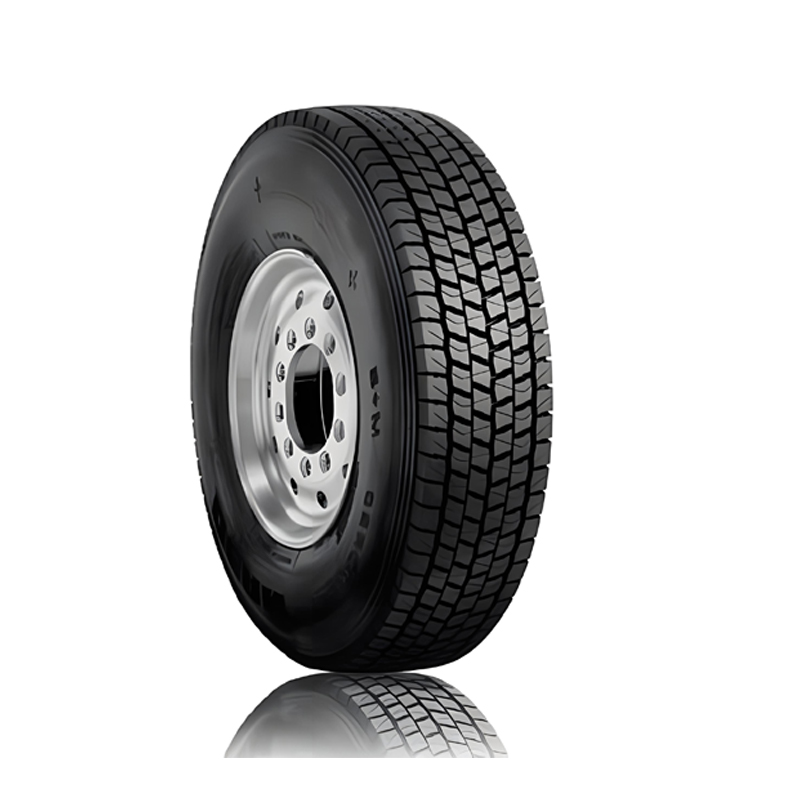
2. What Is A Bias Tire?
A bias tire, also known as a cross-ply tire, is a tire construction where the internal cords or plies overlap each other at an angle of 30 to 45 degrees relative to the centerline of the tread. Unlike radial tires, the cords in a bias tire run diagonally to the direction of travel.
The overlapping plies in a bias tire result in interdependent tread and sidewalls. This construction gives bias tires their characteristic appearance and provides certain advantages in specific applications. Bias tires are commonly used in heavy-duty trucks, agricultural vehicles, and off-road equipment that require durability and resistance to punctures and cuts.
Bias tires generally have stiffer sidewalls compared to radial tires. While they offer lower rolling resistance, they may exhibit reduced traction and handling performance, particularly at higher speeds. However, they are known for their robustness and ability to withstand tough conditions.
Despite their advantages, bias tires have been gradually replaced by radial tires in many sectors. Radial tires offer superior characteristics such as better fuel efficiency, improved handling, and longer tread life. These advancements have made radial tires more popular and widely used across various applications.
A bias tire is a tire construction where the plies overlap at an angle, providing durability and resistance to damage. While they have specific applications and advantages, radial tires have become the preferred choice in many sectors due to their superior performance characteristics.
3. What Is Construction Difference of Radial vs Bias tire?
The construction of radial and bias tires differs in terms of the arrangement and orientation of the tire’s internal components. Here are the specific construction differences between radial and bias tires:
3.1 Radial Tires Construction
Belt Layers: Radial tires have one or more layers of belts made of steel or other materials, such as polyester or aramid fibers. These belts are placed perpendicular to the tire’s circumference and run radially from bead to bead. The belts are situated beneath the tread and help provide stability, improve handling, and enhance tread life.
Ply Layers: Radial tires typically have fewer ply layers compared to bias tires. The plies, made of polyester, rayon, or other materials, are positioned radially and extend from bead to bead. They provide strength and shape to the tire.
Sidewall Flexibility: Radial tires have flexible sidewalls due to the radial arrangement of cords and belts. This flexibility allows the tire to conform better to the road surface, resulting in improved traction, a smoother ride, and better handling.
3.2 Bias Tires construction
Bias Ply Layers: Bias tires have multiple layers of ply, which are made of nylon or polyester cords. These plies run diagonally across the tire, forming a crisscross pattern. The angle at which the cords are placed can range from 30 to 45 degrees, and each layer’s cords cross at opposite angles to increase strength and stability.
Beltless Construction: Unlike radial tires, bias tires do not have separate belt layers. The overlapping plies in the bias tire provide the necessary reinforcement and stability.
Stiffer Sidewalls: Bias tires typically have stiffer sidewalls compared to radial tires. This stiffness can provide better resistance against cuts, impacts, and punctures, making them suitable for rugged and off-road applications.

4. What Is Performance Difference of Radial vs Bias Tire?
Ride Quality: Radial tires generally provide a smoother and more comfortable ride due to their flexible sidewalls. They are known for better shock absorption and reduced vibrations.
Traction: Radial tires offer excellent traction on both wet and dry surfaces. The tread pattern and flexibility of the sidewalls contribute to improved grip.
Heat Dissipation: Bias tires tend to generate more heat during operation due to their construction. This can cause increased rolling resistance and reduced fuel efficiency.
Load Capacity: Bias tires have a higher load-carrying capacity compared to radial tires of the same size. They are commonly used in heavy-duty applications such as construction vehicles and agricultural equipment.
5. What Is Usage difference of Radial vs Bias tire ?
The usage of radial and bias tires differs based on their specific characteristics and performance attributes. Here are the typical usage differences between radial and bias tires:
5.1 Radial Tires Usage
Passenger Vehicles: Radial tires are the standard choice for most passenger vehicles, including sedans, hatchbacks, SUVs, and crossovers. They provide a comfortable ride, excellent traction on various road surfaces, and good fuel efficiency. Radial tires are designed for regular on-road use and are suitable for daily commuting, highway driving, and general-purpose applications.
Performance Cars: Radial tires are commonly used in high-performance and sports cars. They offer superior grip, precise handling, and improved braking performance, making them ideal for enthusiasts and drivers seeking enhanced driving dynamics.
Light Trucks and Vans: Radial tires are widely used in light trucks and vans, providing durability, load-carrying capacity, and all-season traction. They are suitable for commercial applications, delivery vehicles, and recreational use.
5.2 Bias Tires Usage
Heavy-Duty Applications: Bias tires are commonly used in heavy-duty applications that require high load-carrying capacity and durability. This includes commercial trucks, construction vehicles, agricultural machinery, and off-road equipment. Bias tires can withstand rough terrains, heavy loads, and challenging working conditions.
Off-Road Vehicles: Bias tires are preferred in off-road vehicles such as ATVs, utility terrain vehicles (UTVs), and certain types of 4×4 vehicles. The stiffer sidewalls of bias tires provide better resistance against cuts, punctures, and sidewall damage that can occur in rugged off-road environments.
Specialty and Vintage Vehicles: In some cases, bias tires are used in specialty or vintage vehicles to maintain an authentic appearance or to meet specific requirements of classic cars, motorcycles, or historic vehicles.
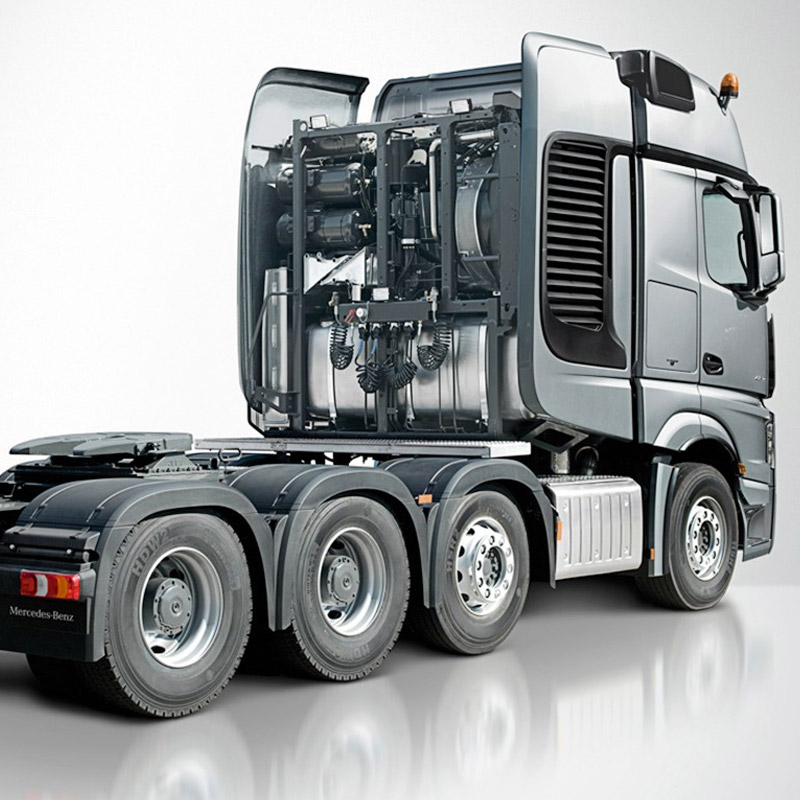
6. What Is Advantage Of Radial Tire Vs Bias Tire ?
Radial tires offer several advantages over bias tires, which have contributed to their widespread adoption as the standard tire construction for most vehicles. Here are the key advantages of radial tires:
Improved Traction: Radial tires provide better traction on both wet and dry road surfaces. The radial construction allows for a larger contact patch with the road, resulting in increased grip and better handling.
Smoother Ride: Radial tires have more flexible sidewalls compared to bias tires. This flexibility helps absorb road shocks and vibrations, resulting in a smoother and more comfortable ride for passengers.
Enhanced Fuel Efficiency: Radial tires have lower rolling resistance compared to bias tires. Reduced rolling resistance means less energy is required to move the tire, resulting in improved fuel efficiency and lower fuel consumption.
Longer Tread Life: Radial tires tend to have longer tread life compared to bias tires. The radial construction and belt layers distribute the forces more evenly across the tire, reducing tread wear and extending the overall lifespan of the tire.
Better Handling and Stability: The design of radial tires provides improved stability and handling characteristics. The radial cords and belts allow for better sidewall flexibility and more precise steering response, contributing to enhanced control and stability during cornering and maneuvering.
Heat Dissipation: Radial tires dissipate heat more efficiently due to their construction. This helps prevent tire overheating during extended periods of use, reducing the risk of tire failure and enhancing safety.
Wide Range of Applications: Radial tires are suitable for a wide range of vehicles, including passenger cars, high-performance vehicles, light trucks, and SUVs. They offer versatility and performance across various driving conditions and applications.
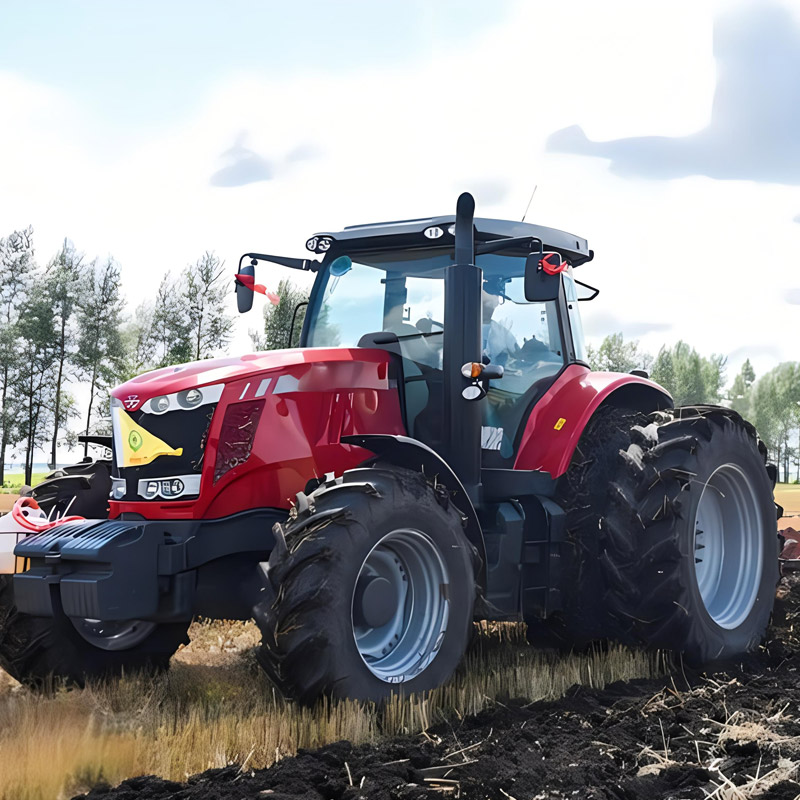
While radial tires offer numerous advantages, bias tires still have their place in certain specific applications, particularly in heavy-duty and off-road scenarios where their stiffer sidewalls and higher load-carrying capacity are advantageous. However, for most everyday passenger vehicles, radial tires are the preferred choice due to their overall superior performance characteristics.

